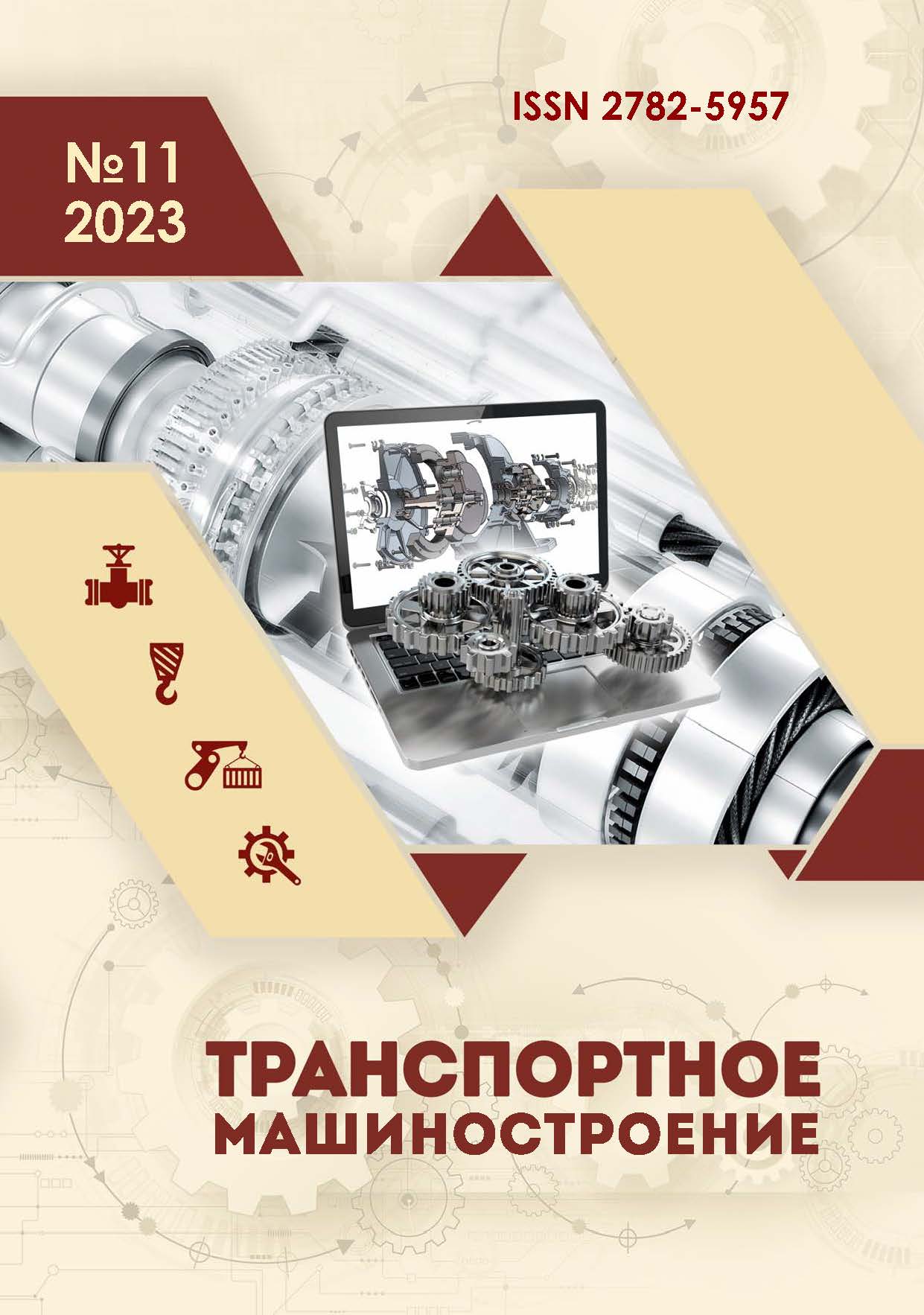from 01.01.1974 until now
Don State Technical University (Tehnologiya mashinostroeniya, professor)
employee from 01.01.1975 until now
Rostov-on-Don, Rostov-on-Don, Russian Federation
from 01.01.2017 until now
Rostov-on-Don, Rostov-on-Don, Russian Federation
from 01.01.2022 until now
Rostov-on-Don, Rostov-on-Don, Russian Federation
VAK Russia 2.5.6
UDC 621.793
Russian Library and Bibliographic Classification 345
The paper shows the relationship of corrosion resistance with the strength of mechanochemical zinc coatings formed in vibration technological systems. It is considered that coating process is a combination of mechanical and physico-chemical phenomena occurring simultaneously in the surface layer of the metal under the shock and pulse action of the activating medium indentors on it under conditions of low-frequency oscillations; at the same time, a coating is formed in the zone of local coating-substrate contact interaction, and its main parameter is adhesion. It is found out that the same adhesive strength of the coating can be provided as a result of varying the energy contribution to the process of coating formation by the chemical interaction of the coating medium with metal and the mechanical action of the indentors on the surface to be coated. The correlation dependence of the corrosion resistance estimated by the permeability indicator on the adhesive strength of the coating is proposed, which allows at the stage of technological preparation of production to design technological regulations with sufficient accuracy for practice by regulating the mechanical and chemical parameters of the process, while providing the adhesive strength required by the operating conditions and the most environmentally preferable conditions for the coating. It is noted: the technological efficiency of the coating process with the control of mechanical parameters is 2-3% higher compared to the control of the process by chemical parameters; for structural steel samples, under the selected coating conditions, corrosion resistance increases from 9.8 to 46.6 times in relation to uncoated samples. This indicates a high level of protective anticorrosive properties of vibrational mechanochemical zinc coatings.
coating, strength, corrosion resistance, medium, indentor
1. Shtyn SYu. The energy condition of formating vibration mechanochemical coatings and the assessment of their adhesive strength. Proceedings of International Science and Technology Conference, November 10-11, 2016: Problems and Prospects of Mechanical Engineering Development; Lipetsk State Technical University. Lipetsk; 2016.
2. Babichev AP, Ivanov VV, Khudaley SN. Vibration mechanochemistry in the processes of finishing and hardening treatment and coatings of machine parts. Rostov-on-Don: DSTU Publishing Center; 2012.
3. Lebedev VA, Shtyn SYu, Ivanov VV, Davydova IV. Energy condition for the formation of vibration mechanochemical coatings and assessment of their adhesive strength. Strengthening Technologies and Coatings. 2015;8:34-39.
4. Ivanov VV. Vibration mechanochemical methods of coating (zinc coating). Rostov-on-Don: DSTU Publishing Center; 2010.
5. Lebedev VA, Shtyn SYu, Sokolov VD, Yagmurov MA. Studies of the energy state of the surface layer hardened by methods PPD. Strengthening Technologies and Coatings. 2015;9:15-19.
6. Shtyn SYu, Ivanov VV. Features of mechanochemical coating processes in the surface layer under conditions of vibro-wave effects. Proceedings of TSU. Technical Sciences. 2016;8(2).
7. Lebedev VA, Shtyn SYu, Ivanov VV, Kapustyansky SV. Production of coatings in vibro-wave technological systems on the basis of process mechanochemical synthesis power model control. Vestnik of PA Solovyov Rybinsk State Aviation Technical University. 2017;2(4.2).
8. Shtyn SYu, Sokolov VD. Management of mechanochemical synthesis of applying vibration mechanochemical coatings based on the power model. Proceedings of the International Symposium of Engineering Technologists, October 3-7, 2017: Promising Directions of Developing Finishing Methods of Machining Parts; Rostov-on-Don: DSTU; 2017.






